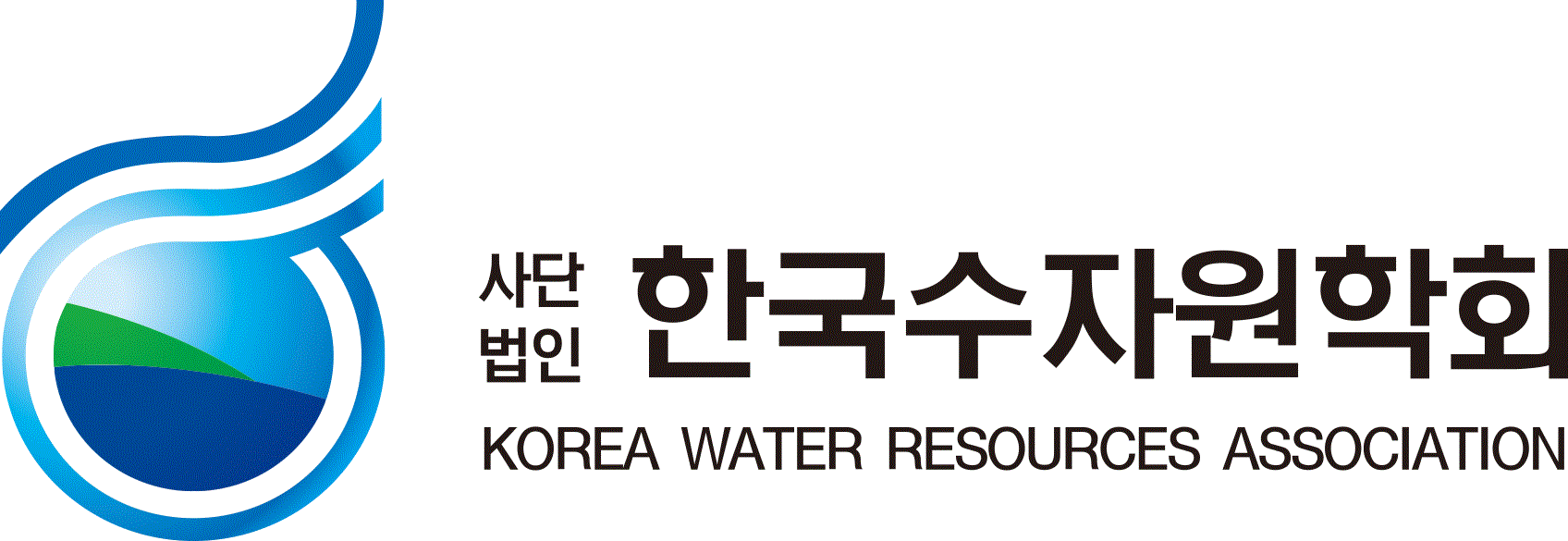
- 홈
- 문헌정보
- 논문집
논문집
- 저자명
- 이정섭;박상덕;최철희;백중철
- 발행사
- 한국수자원학회
- 수록사항
- 한국수자원학회논문집, Vol.52 No.10(2019-10)
- 페이지
- 시작페이지(743)
- ISSN
- 1226-6280
The flow in the meandering channel is characterized by the spiral motion of secondary currents that typically cause the erosion along the outer bank. Hydraulic structures, such as spur dike and groyne, are commonly installed on the channel bottom near the outer bank to mitigate the strength of secondary currents. This study is to investigate the effects of submerged vanes installed in a 90° meandering channel on the development of secondary currents through three-dimensional numerical modeling using the hybrid RANS/LES method for turbulence and the volume of fluid method, based on OpenFOAM open source toolbox, for capturing the free surface at the Froude number of 0.43. We employ the second-order-accurate finite volume methods in the space and time for the numerical modeling and compare numerical results with experimental measurements for evaluating the numerical predictions. Numerical results show that the present simulations well reproduce the experimental measurements, in terms of the time-averaged streamwise velocity and secondary velocity vector fields in the bend with submerged vanes. The computed flow fields reveal that the streamwise velocity near the bed along the outer bank at the end section of bend dramatically decrease by one third of mean velocity after the installation of vanes, which support that submerged vanes mitigate the strength of primary secondary flow and are helpful for the channel stability along the outer bank. The flow between the top of vanes and the free surface accelerates and the maximum velocity of free surface flow near the flow impingement along the outer bank increases about 20% due to the installation of submerged vanes. Numerical solutions show the formations of the horseshoe vortices at the front of vanes and the lee wakes behind the vanes, which are responsible for strong local scour around vanes. Additional study on the shapes and arrangement of vanes is required for mitigate the local scour.


